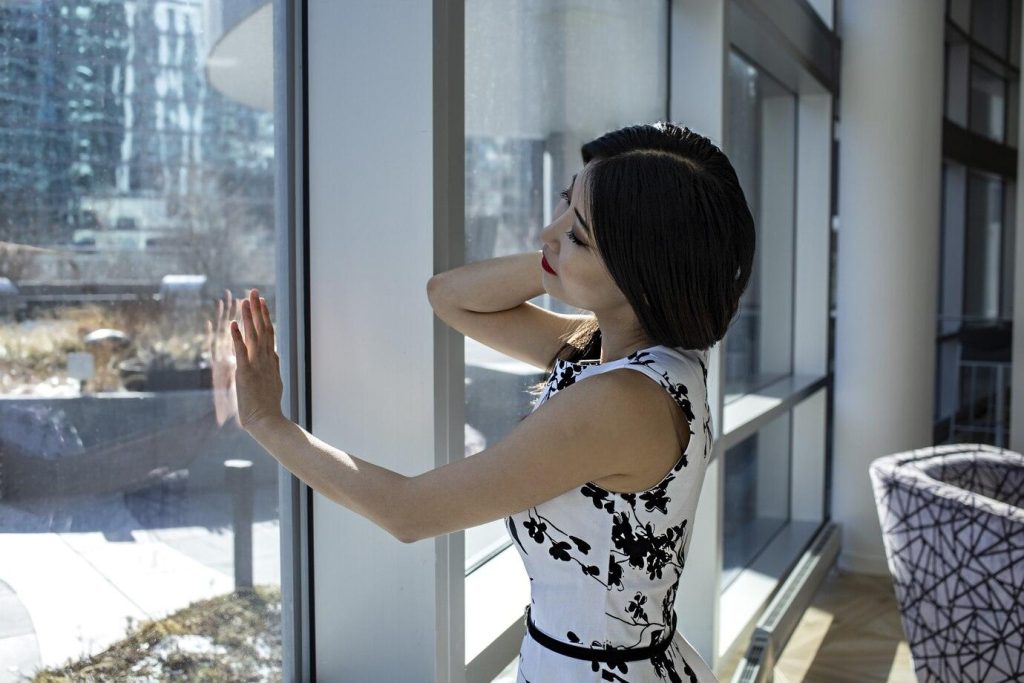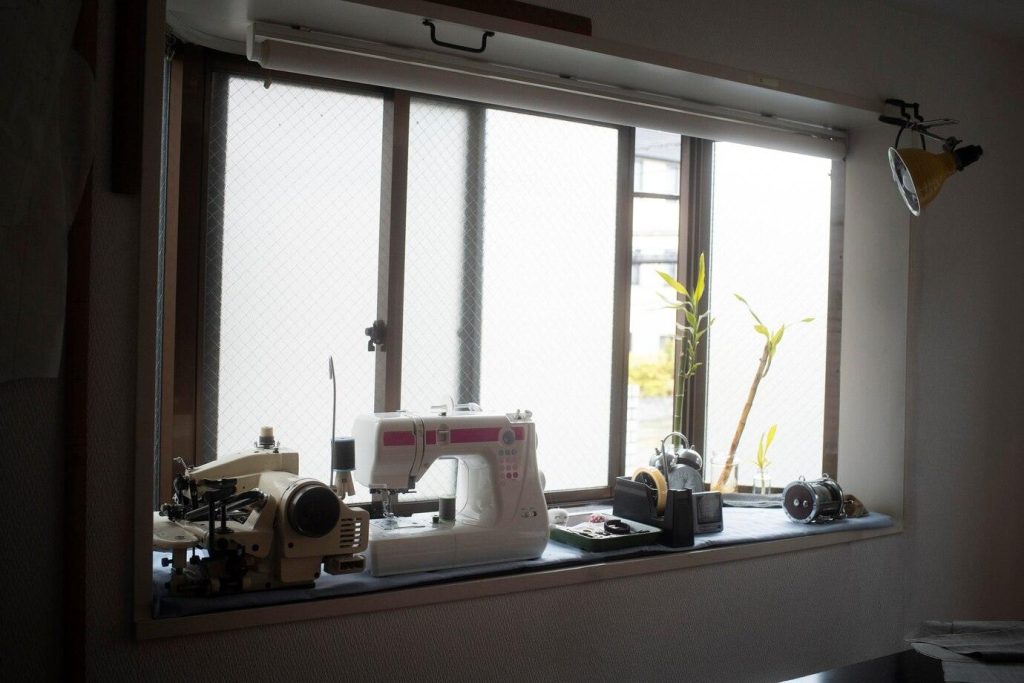Awnings once graced the facades of buildings across the globe, offering respite from the sun’s harsh rays. However, with the advent of modern glass technology, these practical and aesthetically pleasing structures have fallen out of favour. It’s time to rediscover the many benefits of awnings and consider their potential as a valuable addition to our built environment.
The Allure of Glass
The development of advanced glass technologies has revolutionised architecture and interior design. Large expanses of glass offer panoramic views, flood interiors with natural light, and create a sense of openness. However, this trend has come at a cost.
The Forgotten Benefits of Awnings
While glass has its merits, awnings offer a compelling alternative and complement to modern building design. These versatile structures provide a multitude of benefits that have often been overlooked.
Awnings excel at regulating temperature by shading windows and doors, reducing heat gain and the reliance on air conditioning. This not only leads to energy savings but also contributes to a smaller carbon footprint. Moreover, awnings protect interiors from the sun’s harmful UV rays, preserving furniture, fabrics, and artwork.
Beyond their environmental advantages, awnings possess undeniable aesthetic appeal. They can enhance the character of a building, adding a touch of traditional charm or a contemporary flair, depending on the design. Awnings also create inviting outdoor living spaces, transforming patios, balconies, and cafes into sheltered retreats.
Awnings vs Glass: A Balanced Approach
While awnings offer numerous benefits, glass technology is undoubtedly essential in modern architecture. The key lies in finding a balance between the two. Combining awnings with glass can create buildings that are both energy-efficient and visually striking.
The Future of Awnings
As concerns about climate change and energy consumption grow, there is a renewed interest in sustainable building practices. Awnings align perfectly with this trend, offering a practical and elegant solution to the challenges posed by a warming planet.
It is time to reconsider the awning as a valuable asset in our built environment. By embracing the benefits of these often-overlooked structures, we can create more comfortable, energy-efficient, and aesthetically pleasing spaces.
A Brief History of Awnings
Awnings have a rich history dating back to ancient Egypt and Syria. These early cultures used woven mats to provide shade for market stalls and homes, offering relief from the scorching sun. The Romans further developed this concept with the velarium, massive awnings that shaded spectators in their colossal amphitheatres.
Awnings gained widespread popularity in the 19th century as industrialisation led to advancements in materials and construction techniques. Iron frames and durable fabrics replaced earlier, more rudimentary designs. Awnings became a common sight on storefronts and homes, serving both practical and aesthetic purposes.
The Awning Renaissance
With growing awareness of climate change and the escalating costs of energy, there is a compelling case for revisiting the awning. As we strive for more sustainable and energy-efficient buildings, awnings offer a practical and elegant solution.
By shading windows and doors, awnings significantly reduce heat gain during the summer months. This translates to lower energy consumption for cooling, making them an environmentally friendly choice. Moreover, awnings protect indoor furnishings and artwork from the sun’s harmful UV rays, extending their lifespan and preserving their colour and quality.
Awnings: More Than Just Shade
Awnings are not merely functional; they are also a design element that can enhance the curb appeal of any property. With a vast array of styles, colours, and fabrics available, awnings can complement various architectural styles and personal preferences. Whether you prefer a traditional striped awning or a contemporary retractable model, there is an awning to suit every taste.
Beyond their aesthetic appeal, awnings create inviting outdoor living spaces. They provide shelter from the sun and rain, allowing you to enjoy your garden, patio, or balcony in comfort. Awnings can transform these areas into versatile spaces for relaxation, dining, or entertaining.
Awnings: A Business Boost
Awnings offer businesses a multitude of benefits beyond their aesthetic appeal. By providing shade and protection from the elements, awnings create inviting outdoor spaces that can significantly enhance customer experience and business operations.
Restaurants and cafes can expand their seating areas, attracting more patrons and increasing revenue. Retail stores can showcase products under the awning, protecting them from sun damage while enticing passersby. Even offices can benefit from awnings, reducing glare and heat gain, leading to improved employee comfort and productivity.
We recently got in contact with Applied Motion Leederville, a leading physiotherapy and podiatry clinic, to install a full-height window that transformed their space. Recognizing the potential heat build-up, we recommended incorporating awnings to mitigate the impact of the summer sun in the future.
A Sustainable Future with Awnings
As we seek to create a more sustainable built environment, awnings deserve a prominent place in our design considerations. Their ability to reduce energy consumption, protect against UV rays, and enhance outdoor living makes them a compelling choice for both residential and commercial properties.
By incorporating awnings into our buildings, we can reap the rewards of a cooler, more comfortable, and visually appealing environment. It is time to rediscover the awning and embrace its potential as a valuable asset in our quest for a sustainable future.




